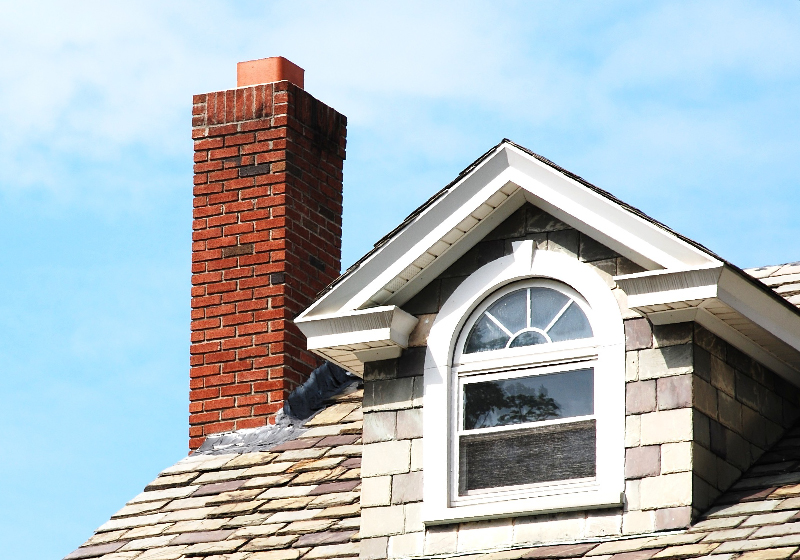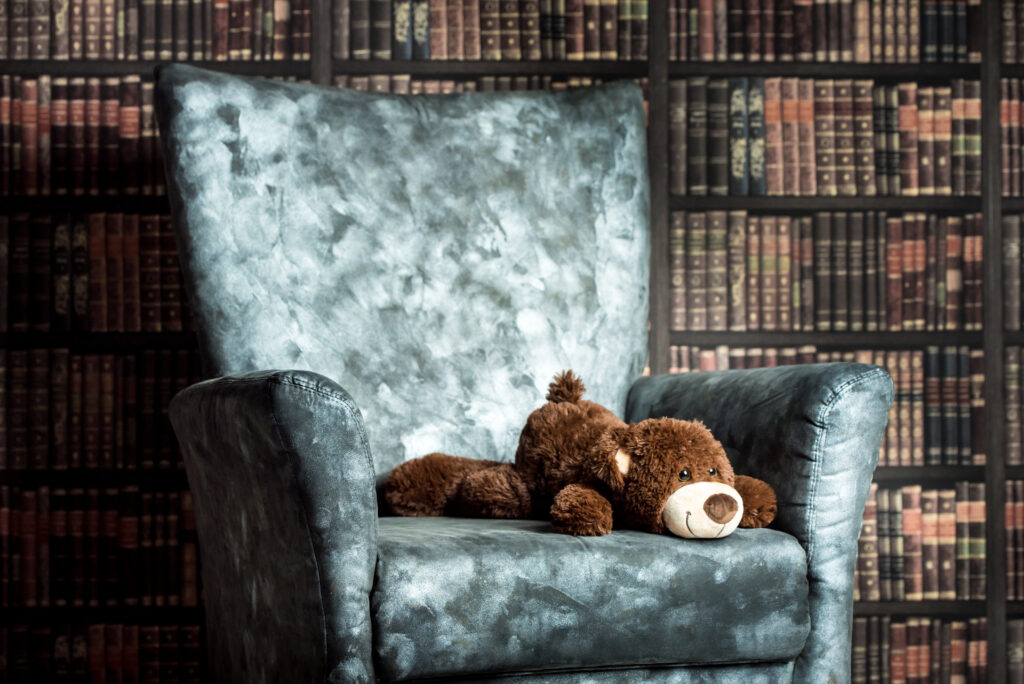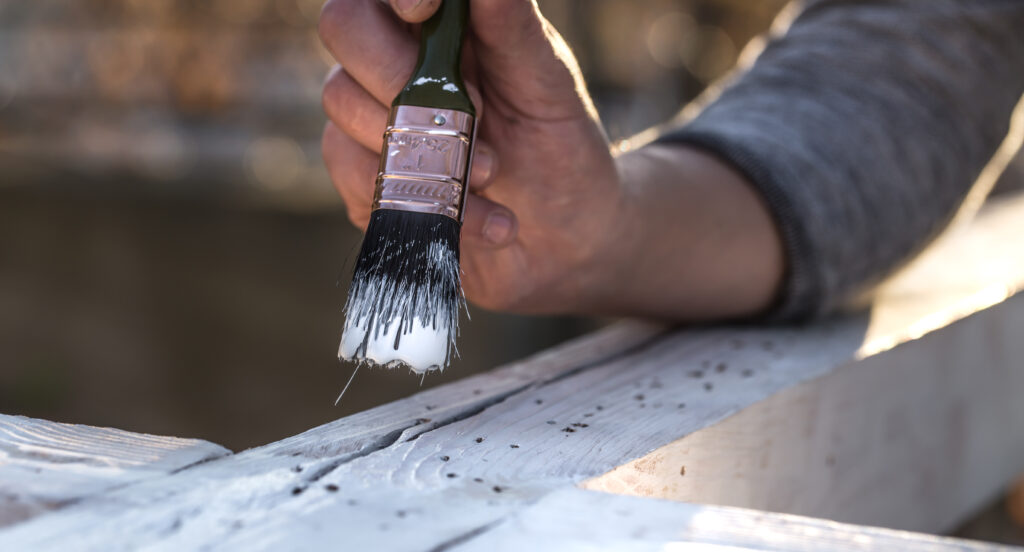As the weather gets colder, there are some things to consider before starting that first fire. Chimneys are a too-often neglected home amenity, and there are a few hazards homeowners should be aware of. For a warm and safe holiday season, here are a few things about your chimney that you might want to check in on.
Obstructions
The National Fire Protection Association (NFPA) recommends that chimneys be inspected every year, and for good reason! Apart from just ensuring that your chimney is performing as intended, a neglected chimney can result in dangerous house fires or toxic smoke inhalation. A chief factor that can cause these issues is an obstruction within the chimney flue.
Any number of obstructions can become dangerous hazards to homeowners. Twigs and leaves can gather, acting as additional kindling, and animals can commonly get stuck inside a chimney flue while searching for warmth or shelter. Depending on your local wildlife, some of the most common animals found in chimneys in North America include raccoons, bats, cats, squirrels, and birds (whose nests also act as additional fire-starters).
Creosote
The interior of a chimney can reach heats of above 2000 degrees Fahrenheit. Because of this, keeping your chimney clear of flammable materials is extremely important. The most common flammable material inside chimneys is a material called creosote.
Creosote is a flammable residue that builds up in the flue of your chimney as smoke accumulates and develops into soot. With regular cleaning and selecting healthy wood to burn, creosote can be managed. However, creosote can ignite at temperatures as low as 450 degrees Fahrenheit. Remember, even small fires can develop into larger house fires if appropriate measures aren’t taken in advance.
Moisture & Leaking
Another concern homeowners should have in relation to their chimneys is the build up of moisture, or even leaking from the chimney. Damaged masonry, cracked or spalling brickwork, and missing chimney caps can result in easy entry for rain into the home. Especially in older properties, chimneys can deteriorate.
Those trained in chimney repairs can perform mortar tuckpointing to keep up general exterior maintenance, but more extensive repairs may be necessary to ensure that your chimney won’t compromise your home from additional damage in severe weather conditions.
Smoke & Odor
When people use their fireplace, they’re probably picturing an experience that’s warm and comfortable, not smoky or musty. Odor and smoke can come from a number of different sources, namely dead animals stuck inside the chimney, wet creosote buildup, or simply using poor quality wood.
Avoid this through your regular chimney inspections, consistent maintenance, and by selecting quality dry wood. Green or wet wood produces more smoke than heat when burned, and this smoke can even be toxic to your kids or pets.
Chimneys can add an incredible amount of character to a home and the luxury it adds cannot be overstated. Like all home amenities, your chimney simply requires the maintenance and attention it deserves.
Chimney damage can be overlooked by an untrained eye. For a thorough home inspection, start with National Property Inspections before you buy! For your regular home maintenance inspection, find a trained property inspection expert in your area.



